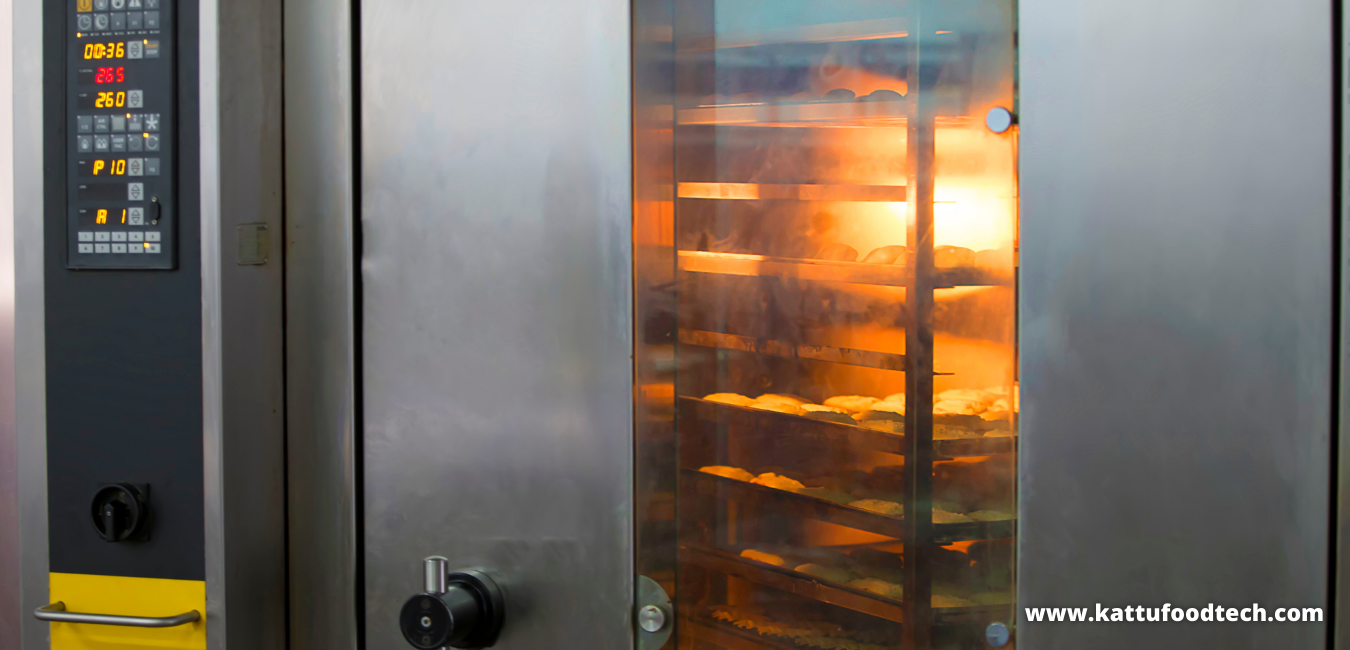Currently Empty: $0

Food Science & Technology Quiz (19-02-2022)
Q1. ______ test is widely used in the baking industry to test rancidity.
- Peroxide value
- Determination of carbonyl compounds
- Active Oxygen determination
- Schaal oven test
ANSWER: D. Schaal oven test
- Explanation – The Schaal oven test is popular in the baking business since it requires little equipment and is simple to set up. At 63 degrees Celsius, biscuits, cookies, and crackers are kept in beakers or jars with loose-fitting lids. The number of days it takes for rancidity to develop is determined by aroma and taste. The temperature is slightly higher than what would be expected during normal commercial delivery of the product.
READ MORE – Food Science & Technology Quiz (19-11-2021)
Q2. ________ is added to beer during the late past-fermentation stages to hydrolyze the proteins.
- Cellulase
- Papain
- Glucoamylase
- Protease
ANSWER: B. Papain
- Explanation: The enzymes listed below are used in beer manufacturing to achieve certain goals:
- 1. For enhanced and quick saccharification, α-amylases and β-gluconase are utilized.
- 2. In the final stages of fermentation, neutral proteases are added to the wort to hydrolyze proteins and boost the fermentation rate. 3. Cellulases are needed to digest barley glucans, which is especially important when wheat is utilized as a supplement.
- 4. Papain is added to beer during the late stages of previous fermentation to hydrolyze proteins and avoid chill haze.
READ MORE – Food Science & Technology Quiz (19-12-2021)
Q3. _______ is used for the removal of oxygen from foodstuffs to enhance their stability.
- Protease
- Glucose oxidase
- Glucoamylase
- Pectinase
ANSWER: B. Glucose oxidase
- Explanation – The enzyme glucose oxidase is used to remove oxygen from foods to improve their stability. These enzymes are used in the preparation of egg white for use in the baking industry. O2 is removed from the air in the headspace of bottles and canned beverages. They also aid in the reduction of wine browning caused by non-enzymatic processes.
READ MORE – Food Science & Technology Quiz (09-01-2022)
Q4. The higher fatty acids such as palmitic and stearic acid have ______ odour.
- Mild
- Strong
- Moderate
- No
ANSWER – A. Mild
- Explanation: Lipase hydrolysis of lipids does not necessarily result in bad flavours. Butyric acid and other low molecular weight fatty acids are released by lipase hydrolysis in butterfat and coconut oil. The smell of rotten butter is mostly due to the odours of these acids. The fatty acids with greater molecular weights, such as palmitic and stearic acid, have a mild odour.
READ MORE – Food Science & Technology Quiz (29-12-2021)
Q5. ______ type of rancidity is most frequently encountered as a result of the action of fungi such as Aspergillus Niger on oilseeds.
- Oxidative rancidity
- Hydrolytic rancidity
- Ketonic rancidity
- All of the above
ANSWER: C. Ketonic rancidity
- Explanation: This kind is most commonly found on coconut or other oilseeds as a consequence of the action of fungi such as Aspergillus Niger and Penicillium glaucum. The tallowy odour created might be due to aldehydes and ketones produced by the fungi’s enzymes reacting with the oils.
READ MORE – Food Science & Technology Quiz (18-01-2022)
Connect with us on LinkedIn for future Job/Intern updates – Click Here

 0
0

